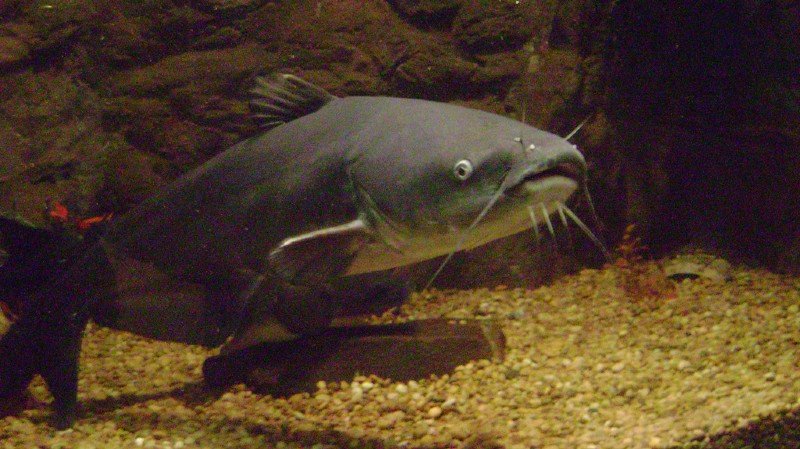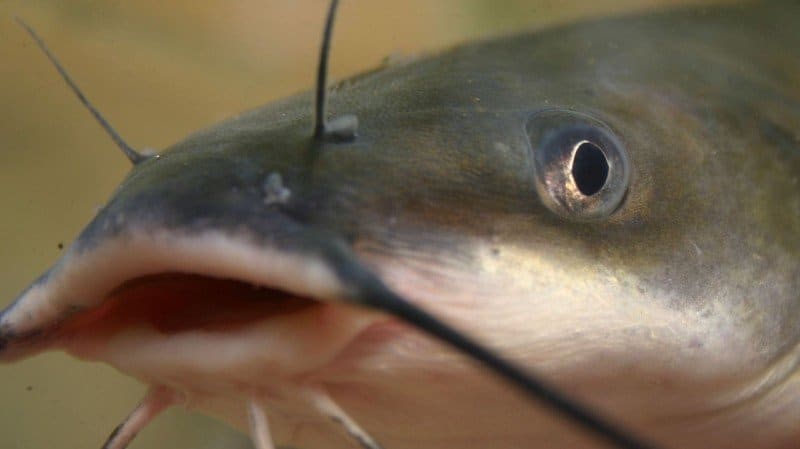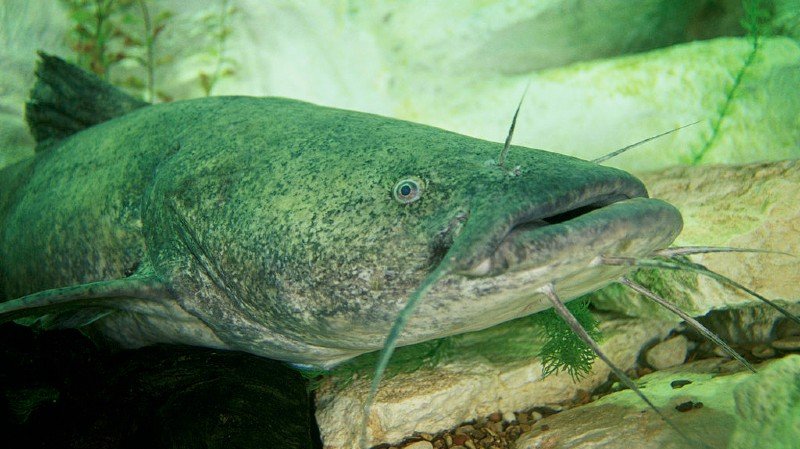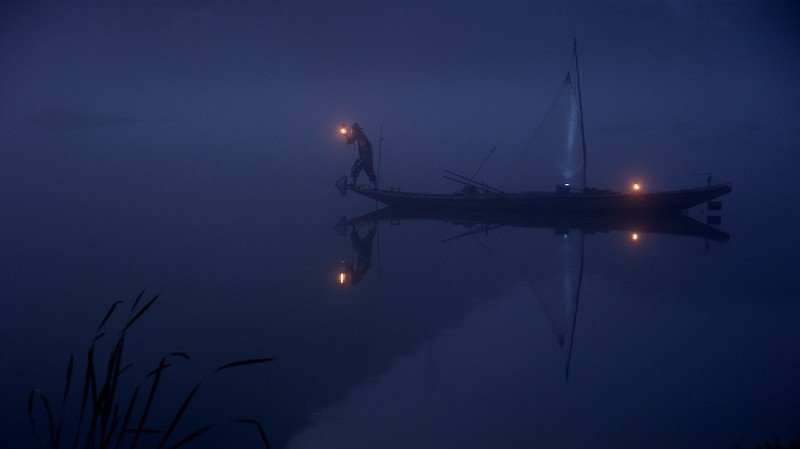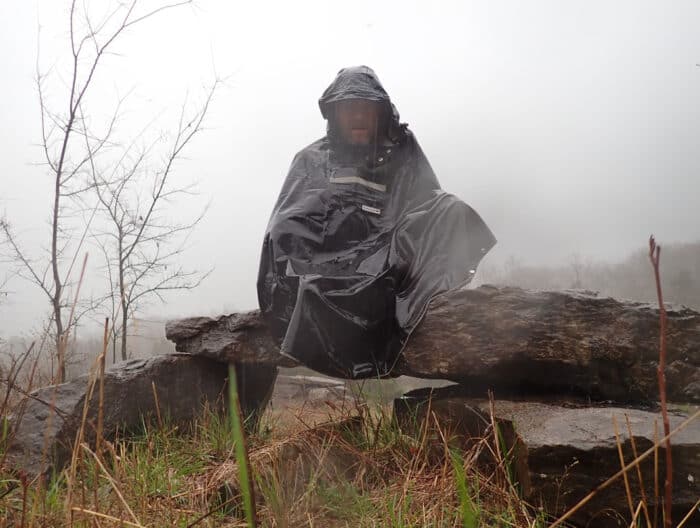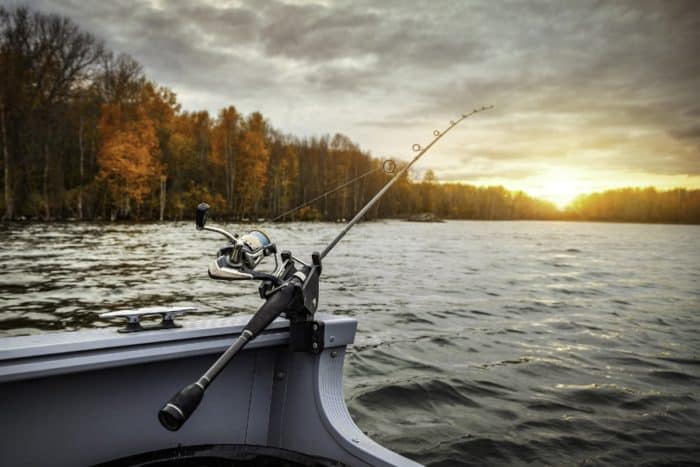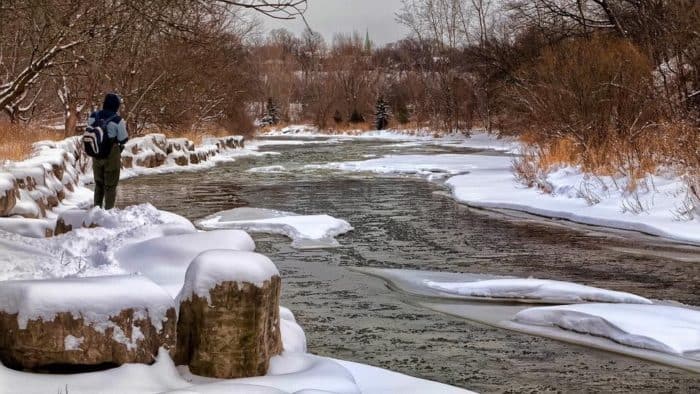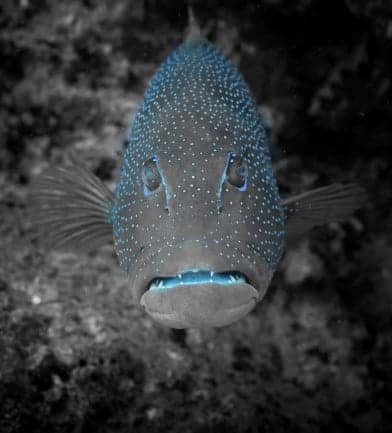The Best Time to Fish for Catfish
Asking when is the best time to catch catfish can be a difficult question to answer. To start with, what kind of catfish do you mean? There are over 3,000 species of them in the world, in 40 different families. That’s a lot of fish so you need to narrow down exactly what you mean.
In the US, there are many species of catfish, but most people are referring to three main species when they say they’re going to catch catfish. The three main species, sometimes called the Big Three, are as follows:
- Blue catfish
- Channel catfish
- Flathead catfish
There are several other species of fish that you will find throughout North America however, including Yellow Bullhead, White catfish, Brown Bullhead, Stonecat and more.
When and how you go cat fishing depends on the species of catfish you’re looking for. Fortunately, these three species are in abundance in most of the heavily fished parts of the country. Narrowing down the best time to look for these three species in particular is fairly easy.
What You Need to Know About Blue Catfish
A favorite of anglers, there are a few characteristics you can be on the lookout for if you’re interested in blues. These will help you identify the species:
- Forked tail
- Grey to dark blue coloration that can lead into almost black sometimes
- No spots
- Weight can get up to one hundred pounds or more
- Straight anal fin
When To Catch Them Year Round
Spring: As water is warming up from winter into spring you can find blue catfish fairly abundantly, even leading into the spawning season later in the spring. Pre-spawn, this is the best time of year to find blue cats.
Summer: Finding blue catfish at the height of summer when the weather is particularly hot can be a bit of a chore. Blues are not as abundant in the warm weather and will move on to cooler waters during this time. This is the worst time of year to look for blues.
Fall: Fall is an excellent time for blue cat fishing as the cooler waters draw the fish back from the warmer summer climates.
Winter: If you’re looking to catch some monster blue cats, winter is a great time of year if you’re in and around Texas, for instance.
Though they can get up to a massive size, your average blue is going to be around 30 to 40 lb. Call it a fish tale if you like, but rumors still abound that some blue catfish managed to get up over 300 lb in the Mississippi River once upon a time. In 2011, a massive 143 pound blue was caught in the John Kerr Reservoir in North Carolina.
Habitat: Blue catfish tend to live in larger rivers, like the Mississippi. In the warm weather you’ll find them heading upstream to look for cooler waters, while they’ll head back down again in the cooler weather. You can find them ranging down through Texas and even into Mexico and Central America.
Aside from the Mississippi, you can find blue cats in the Ohio River, the Missouri River, the Rio Grande, The Arkansas River, As well as lakes and rivers throughout South Carolina, Virginia, Florida, and Illinois.
Blue cats are also able to live in brackish waters. As a result, they can also be discovered in coastal areas including the Gulf Coast down to Guatemala and Belize.
What You Need to Know About Channel Catfish
Much smaller than blue catfish, channel cats are still popular and can be found in abundance in many places around the country. Here are some features to look out for:
- Forktail
- Weighs up to 30 lb
- Grey to Olive brown colour with spots
- Curved anal fin
When to Catch Them Year Round
Spring: Spring is often a good time to catch channel cats, though later in the season is often best. Early in the spring when the water is still cool and just starting to warm up it can be difficult to find a consistent location where you’ll be able to catch these fish in any decent numbers.
Summer: Post spawn into the summer, catching channel cats is usually fairly easy if you’re in the right location.This is arguably the best time of year to go looking for channel catfish and they tend to really latch on to bait like chicken livers.
Fall: Fall is usually a good season for channel cats as they tend to do well in cooler waters.
Winter: Just like in the fall, winter is an OK but not great time to head out to look for channel cats and you should expect some bites, though not as abundant as in warmer weather. This is the worst time of year to look for channel cats.
Channel cats are sometimes mistaken for flatheads by people who aren’t that familiar, but the tail is a dead giveaway between the two. If you see that forked tail and spotty coloration, you’re dealing with a channel catfish.
Spawning in late spring and early summer, you can find channel cats in streams, rivers, lakes and any place that has but less intense current. Unlike blues and flatheads, it’s fairly easy to catch channel catfish during their spawning season.
Habitat: Channel catfish are the most common catfish in North America. In fact, they are the state fish of Tennessee, Iowa, Nebraska, Missouri, and Kansas. Though they’re not particularly plentiful on the west coast, you can find them ranging from the north of Mexico all the way up into the near Arctic parts of Canada.
Channel cats can be found in rivers of any size, as well as lakes and reservoirs. They take well to new habitats and they’ve been introduced to a few landlocked nations throughout Europe and Asia as well.
What You Need to Know About Flathead Catfish
Another big species of fish, these are often the catfish people think of when they just hear the term, mostly due to the long whiskers and large size. There are some other features that will let you’re know if you’re looking at a flat head:
- Flat, paddle-like tail that is not forked
- Short, round anal fin
- Weight can get up to and even over 100 lbs
- Mottled colouring of brown, black, and yellow
Spring: Flathead Spawn from spring into early summer, and catching them at the beginning of their spawning season is usually a good time to find them
Summer: After spawning ends and through the height of Summer you can also find them fairly easily. In fact, you can often find the largest flatheads you’ll get all year during the summer spawning season.
Fall: This is typically a good time of year to go looking for flat heads as they are preparing for the coming winter which means you can expect a Feeding Frenzy and some consistent biting. This is the best time of year to look for flathead catfish.
Winter: Flatheads don’t do as well as the other two species when the cold weather sets in. Winter is a poor time for flathead fishing for many catfish anglers unless they have a lot of experience with this kind of fish. This is the worst time of year to look for flatheads.
Because flathead catfish can occasionally top 100 lbs, they make for a popular trophy fish. They’re also not scavengers like blue catfish are, for instance. Flatheads prey on live bait and they’re found most often in pools that tend to have low to no current and they’re often muddy or cloudy.
Habitat: Flathead catfish are able to survive in brackish waters, though not in full saltwater. You can find them as far south as northeastern Mexico and as far north as the southern parts of Canada. They’re most common throughout the Mississippi, Missouri, and Ohio river basins. You’ll find them as far west as Texas and around the Appalachians.
The Best Time of Day To Fish For Any Kind of Catfish
Every catfish angler has their own hints and tricks for landing the best fish. Some swear those early morning trips just as the sun rises are the best time to catch catfish, some believe catfish fishing under the high afternoon sun is going to be best for catching catfish, and others believe night fishing under the cover of darkness is going to be your best bet for catching bigger fish.
When it comes to catching catfish, there is a long-standing belief that fishing for them at night is the key to landing some big ones. For what it’s worth, it seems like the magic of night fishing is all a myth. You can effectively catch catfish any time of day.
The habits of catfish do change between day and night, so there is something to be said for the difference in how you may fish for them between those times. The key to understanding how to catch catfish, either by day fighting or night fishing, is understanding what catfish want.
Catfish are foragers, so what they forage for has an impact on where you’re going to find them and when. At night, what the catfish feed on tends to move closer to shore so you’ll often find catfish in more shallow water. This gives some people the impression that it’s easier to go night fishing for catfish What you mean by easy is up for debate here as it’s not always true of every species of catfish, nor every body of water, nor every time of year.
During the day the fish are still around, but the forage they’re looking for has likely gone back to deep waters and the fish are following them. In terms of fishing, this means you just need to adjust your strategies about how you’re going to catch catfish.
Catfish are generally hearty eaters, so if there is a lull at any time of day it’s likely because the fish have eaten already and you just need to wait a bit until they’re hungry again. This is a good time to test strategies across the lake or river that you may be fishing on, and see the difference between shallow and deep water.
Realistically, there is no best time of day to go catfish fishing. But depending on how you like to go fishing for catfish, and what you’re comfortable doing, it could be easier to fish at night when you may be more likely to catch catfish in shallower waters.
Night Fishing Pros vs Cons
Catfish can be caught any time of day. If you’re committed to fishing at night you just need to alter your strategy and make sure you’re making the most of what you’re doing. There are advantages and disadvantages to either one.
Pros:
- One of the biggest advantages to night fishing is that you often have the area to yourself. Fewer people fish at night, which means less competition, less sharing resources, less noise and clutter overall.
- If you’re fishing during the summer, the big advantage to heading out at night is that you don’t have that oppressive sun beating down on you. That can make it a lot more comfortable and can allow you to handle sitting for longer periods and testing your patience.
Cons:
- While it may be cooler to fish at night in the summer, you’ve also noticed that you’re definitely going to have to deal with more insects at this time and if you’re not prepared, you could get eaten alive.
- It’s just harder to fish at night than it is during the day if you’re not exceptionally skilled at it. The lack of light means keeping track of everything is just more difficult.
As you can see when it comes to debating the pros and cons of catfishing at night, there aren’t any catfish specific pros or cons to the issue. Deciding on fishing at night vs during the day is just a personal choice.
There have been some long-standing myths that flathead cats, for instance, can only be caught at night, but it’s just not true. That doesn’t mean but you can’t catch flathead at night, obviously. Many successful catfish anglers fish exclusively at night and get some incredible flatheads during this time using cut bait, live bait, chicken livers and other methods. If it works for you then by all means continue doing it.
If you do like to fish at night, keep in mind that there are a lot of tools, fishing line and lures out there that are supposedly designed to help with this that actually don’t assist you in any way. For instance, the long-standing belief that fish are attracted to light at night is not necessarily true. Light will attract bugs and that will attract fish, but a lighted lure may actually repel catfish more than it attracts them.
There’s no reason not to fish at night, just know that there are still advantages to fishing during the day that shouldn’t be overlooked.
Categories: Fishing

